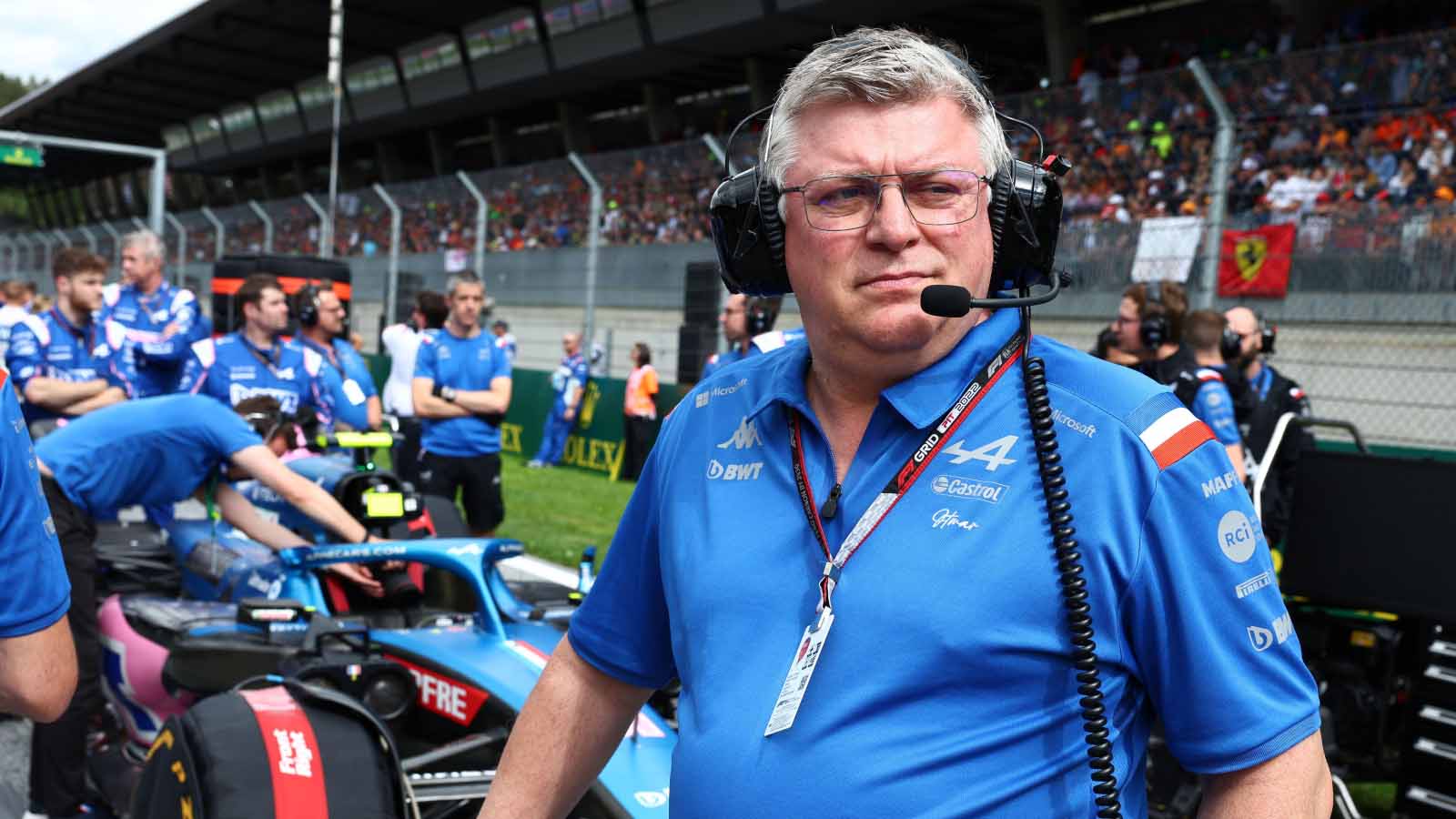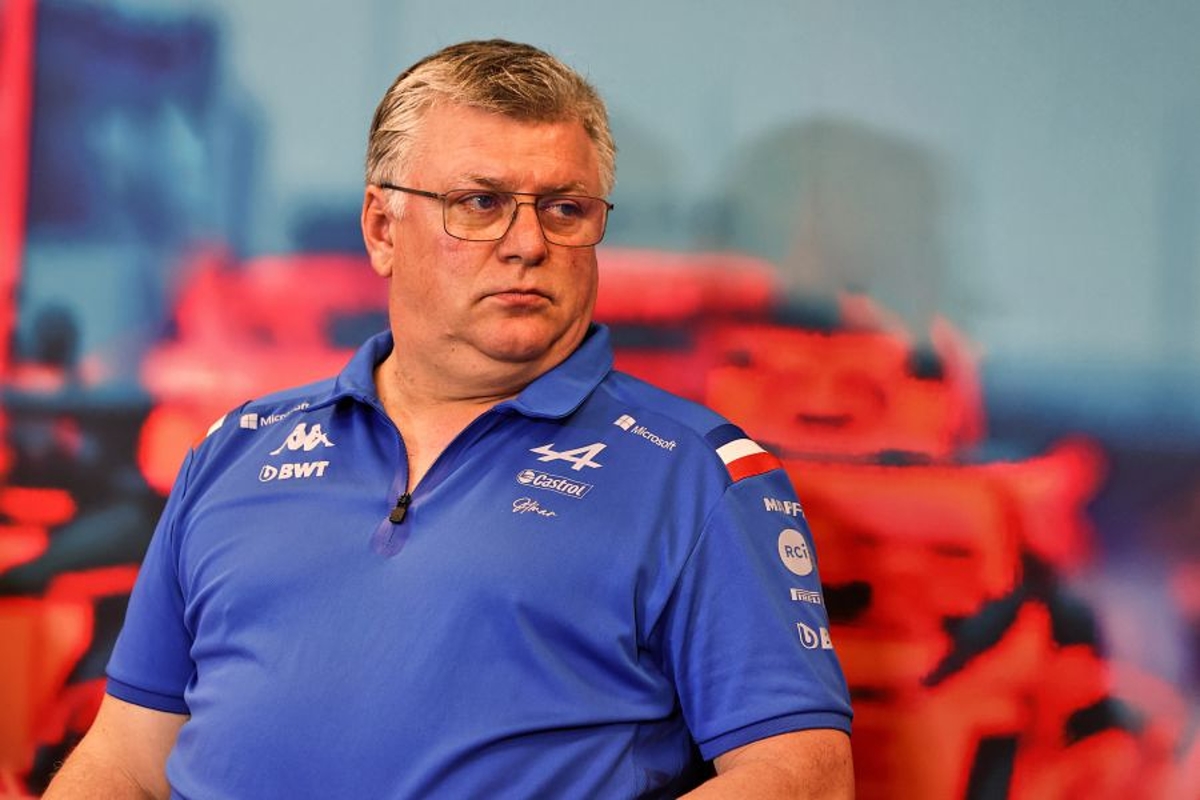Since 2021, when teams had to follow spending limits, the field in Formula 1 has become closer. But this season, there’s a noticeable gap between the top five teams – Red Bull, Ferrari, McLaren, Aston Martin, and Mercedes – and the rest.
Former team boss Szafnauer believes this split is due to how teams have adapted to the spending limits. Some teams have used their resources more efficiently, gaining an advantage. Legacy infrastructures have also played a role.
Szafnauer explained, “There’s a couple of areas I can think of. One, which I experienced, is there are some teams that have done a better job at cost cap structure.”
He also mentioned that bigger teams could buy tools and equipment before the cost cap rules kicked in, giving them an advantage. Smaller teams had to catch up slowly.

Certain car performance features, like transparent floors, are crucial. Some teams had them before the cost cap, while others didn’t. This affects aerodynamics, and small advantages like this can make a big difference.
Szafnauer also emphasized the importance of having skilled drivers. The best drivers want to be in the best teams, which adds to the gap between the top teams and the rest.
While the cost cap has made the field more competitive overall, it has also led to new challenges and disparities among teams.

